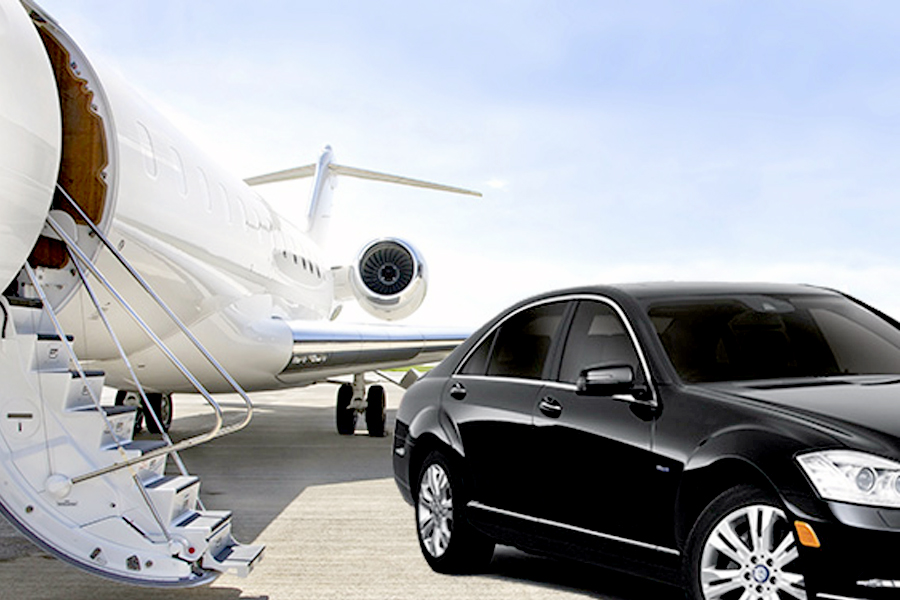Uber and Lyft have revolutionized the way we think about transportation. With the convenience of ridesharing services, many individuals are considering becoming drivers for these platforms. One of the crucial decisions potential drivers face is whether to use their own vehicle or lease one specifically for ridesharing. In this article, we will delve into the world of uber and lyft car leasing , exploring the options and considerations that drivers should keep in mind.
The Basics of Uber and Lyft Car Leasing
Ridesharing platforms like Uber and Lyft typically offer their drivers several options when it comes to vehicles:
Using Your Own Car: Many drivers start by using their personal vehicles for ridesharing. It’s convenient, and you don’t have to worry about lease payments or restrictions.
Rental Programs: Uber and Lyft have partnerships with various rental companies, including RentCarBros in the USA, to provide drivers with rental vehicles specifically for ridesharing purposes.
Vehicle Financing: Some drivers opt to finance or lease a new car for ridesharing. This option can offer more control over the vehicle and may be the best long-term choice for some.
Let’s dive deeper into the specific option of renting a vehicle for Uber and Lyft.
The Pros of Renting a Vehicle for Uber and Lyft
Low Upfront Costs: Renting a vehicle for ridesharing often requires a lower upfront investment compared to purchasing a new car, making it accessible for those who might not have the funds for a new vehicle.
Maintenance Included: Many rental programs include regular maintenance, reducing the driver’s worry about repair costs or vehicle breakdowns.
Flexibility: Rental programs offer flexibility in terms of the type of vehicle you can use. Need a fuel-efficient car for city driving or a larger vehicle for airport pickups? Rental options are versatile.
No Long-Term Commitment: Most rental agreements are short-term, allowing drivers to assess their experience without a long-term commitment.
The Cons of Renting a Vehicle for Uber and Lyft
Rental Costs: While rental costs may be lower upfront, they can add up over time. It’s essential to compare these costs with the potential earnings as a rideshare driver.
Limited Ownership: When renting, you don’t own the vehicle, which means you can’t build equity or use it for personal purposes.
Mileage Restrictions: Rental agreements often come with mileage limits, and exceeding them can result in extra fees.
Vehicle Availability: The availability of rental vehicles may vary by location, and there may be times when suitable cars are not readily accessible.
Factors to Consider When Choosing Uber and Lyft Car Leasing
Market Demand: Research the demand for rideshare services in your area. High demand can translate into better earnings.
Rental Costs: Carefully evaluate the total costs associated with renting a vehicle, including weekly or monthly rental fees, fuel, and any additional charges.
Personal Goals: Consider your long-term goals. If you plan to be a rideshare driver for an extended period, buying or financing a vehicle might make more financial sense.
Vehicle Choice: Ensure that the vehicle you choose meets the requirements of Uber and Lyft in terms of age, condition, and size.
Conclusion
Choosing between using your own car, renting from a service like rideshare cars, or financing a vehicle is a significant decision for aspiring Uber and Lyft drivers. Each option has its pros and cons, and the right choice depends on your unique circumstances and goals. By carefully weighing these factors and considering the demands of your local rideshare market, you can make an informed decision that sets you on the path to ridesharing success




